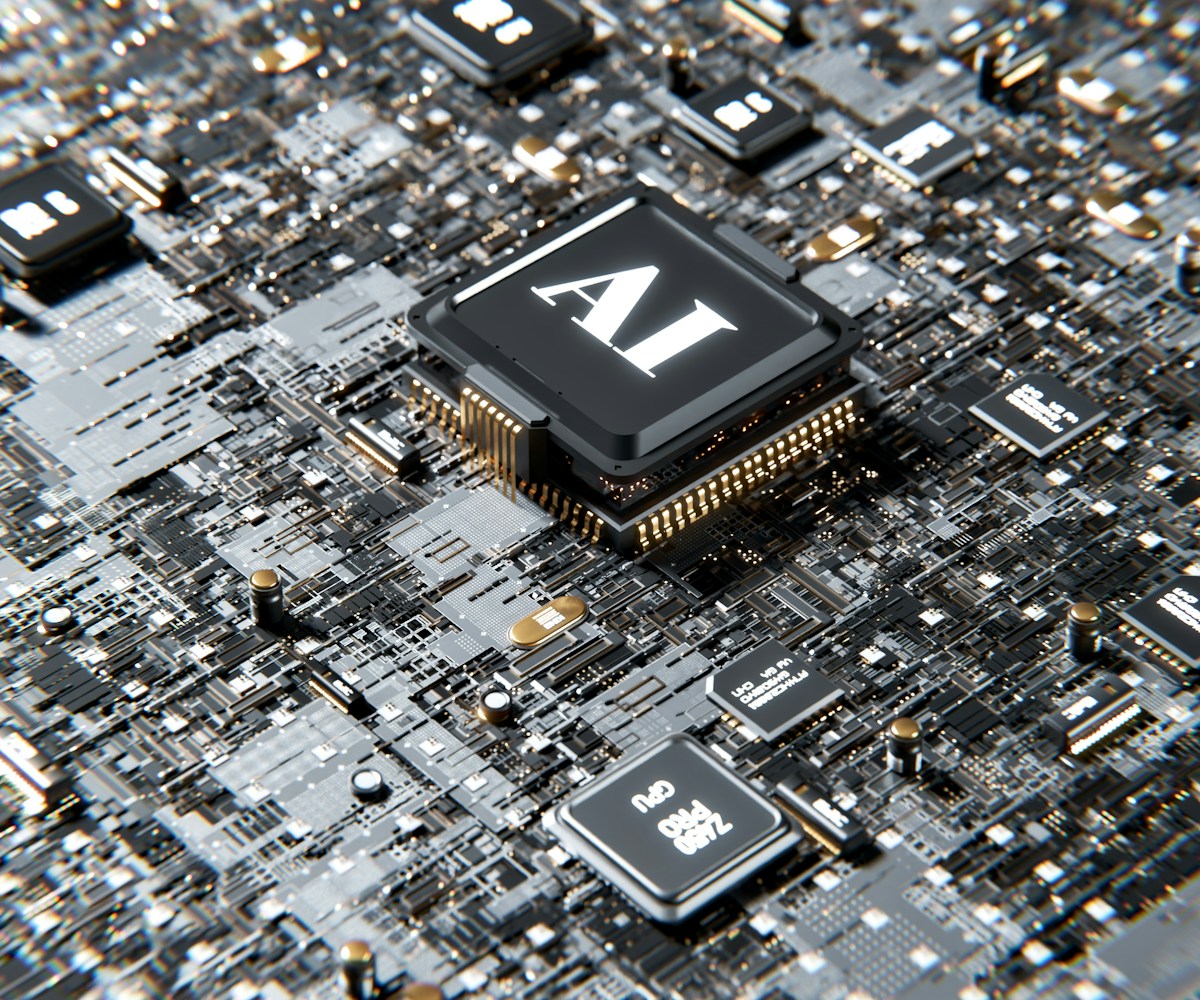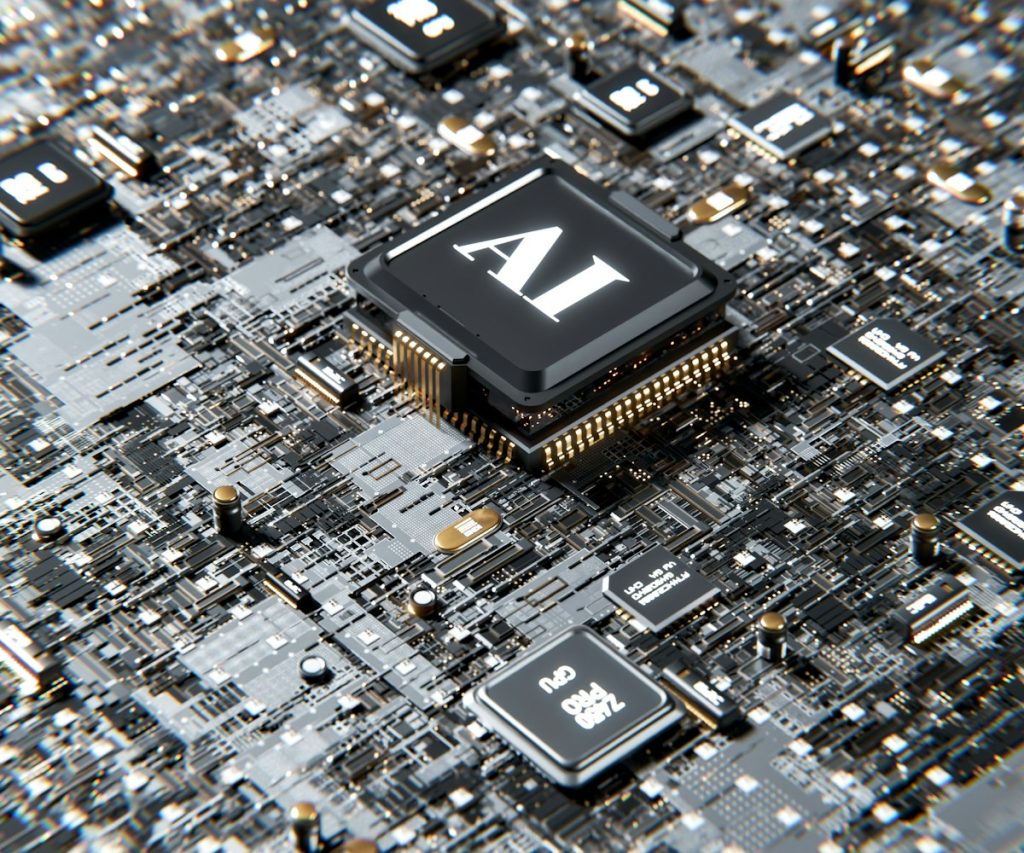AI Model in Vogue Ad Sparks Backlash: What Went Wrong?
When Vogue rolled out its latest digital campaign featuring an AI‑generated model, the fashion world expected a sleek blend of technology and style. Instead, the ad ignited a firestorm of criticism from industry insiders, cultural commentators, and everyday readers. The controversy centers on three main issues: the erasure of human diversity, the opacity of AI‑generated content, and the broader ethical implications for creative labor.
Human Diversity Replaced by Algorithmic Perfection
Vogue’s AI model—an ultra‑realistic, photorealistic figure—was praised internally for its flawless skin, perfect proportions, and ability to pose in any outfit without the logistical headaches of a real shoot. Yet critics argue that the model represents a sanitized, Western‑centric ideal that marginalizes the very audiences Vogue claims to celebrate.
“When an iconic magazine chooses a synthetic face over real bodies, it sends a message that only a narrow definition of beauty matters,” wrote fashion historian Dr. Lena Ortiz. The backlash highlighted how the AI’s lack of discernible ethnicity, age, or body type reinforces a homogenized aesthetic that has long excluded people of color, older women, and those who deviate from the “model” norm.
Lack of Transparency Fuels Distrust
Vogue’s promotional materials did not disclose that the model was AI‑generated. Many viewers assumed a real person was behind the camera, leading to accusations of deception. In an era where deepfakes and synthetic media are under scrutiny, the omission was seen as a breach of editorial integrity.
Social media users quickly reverse‑engineered the image, discovering tell‑tale signs—perfect symmetry, unnaturally smooth skin, and a lack of subtle imperfections that usually betray a human subject. The ensuing hashtag #AIModelFail trended for days, prompting Vogue to issue a brief apology and a clarification that the figure was created using a generative adversarial network (GAN) trained on a proprietary dataset of fashion imagery.
Impact on Creative Labor and Industry Practices
Beyond aesthetics, the incident raises urgent questions about the future of modeling and photography jobs. If AI can produce endlessly adaptable, cost‑effective “models,” agencies worry about the displacement of real talent. Modeling unions in New York and Paris have already begun drafting guidelines that would require explicit labeling of AI‑generated content and fair compensation structures for any human data used to train such models.
Meanwhile, photographers and stylists argue that the creative collaboration between human and machine is being framed as a zero‑sum game. “Technology should augment our work, not replace it,” says veteran fashion photographer Marco Alvarez. “When a brand opts for a synthetic figure without acknowledging the artists behind the data, it undermines the entire creative ecosystem.”
What Vogue Can Do Next
- Full Disclosure: Clearly label AI‑generated elements in all future campaigns to rebuild trust.
- Diverse Representation: Use AI to expand, not narrow, representation—train models on inclusive datasets that reflect a broader range of ethnicities, body types, and ages.
- Collaborative Partnerships: Involve real models and creators in the AI development process, offering credit and compensation for their contribution to the training data.
- Industry Standards: Join emerging coalitions that aim to set ethical guidelines for synthetic media in fashion advertising.
The Vogue AI controversy serves as a cautionary tale for the broader fashion industry. As brands rush to adopt cutting‑edge technology, they must balance innovation with responsibility, ensuring that the digital future remains inclusive, transparent, and respectful of the human talent that has long defined style.



